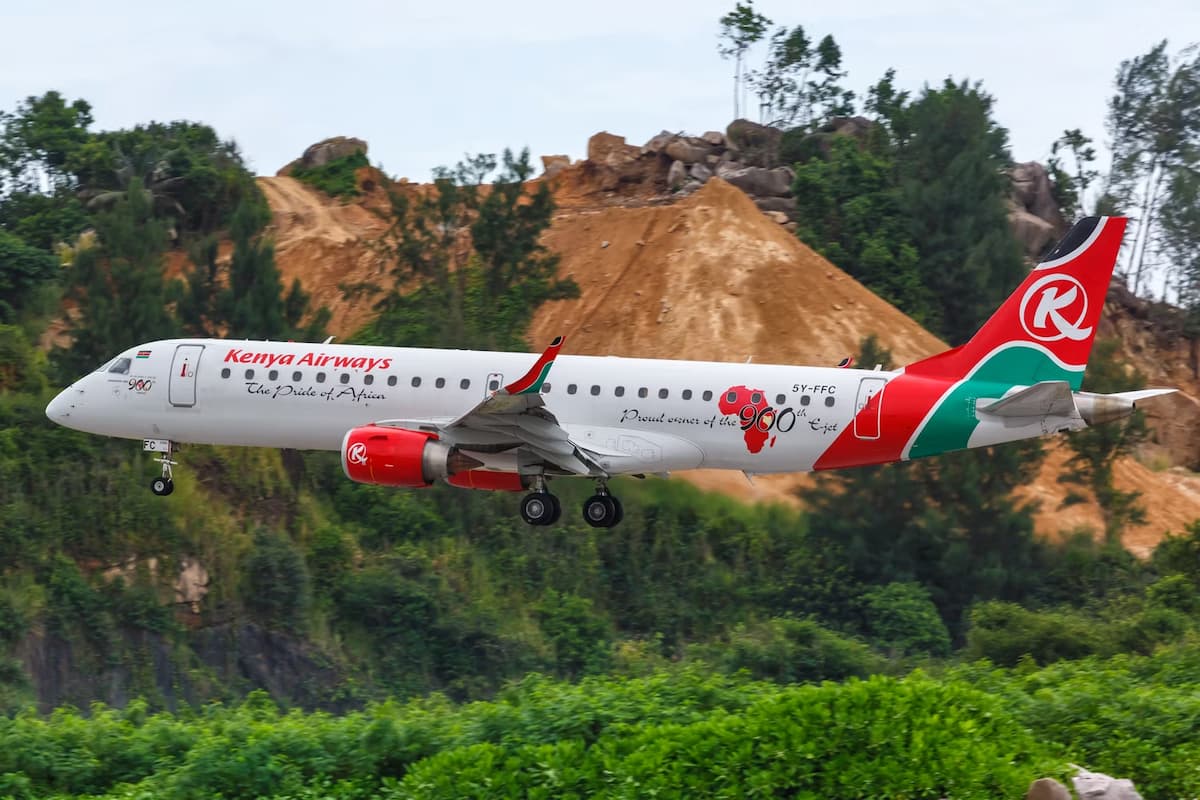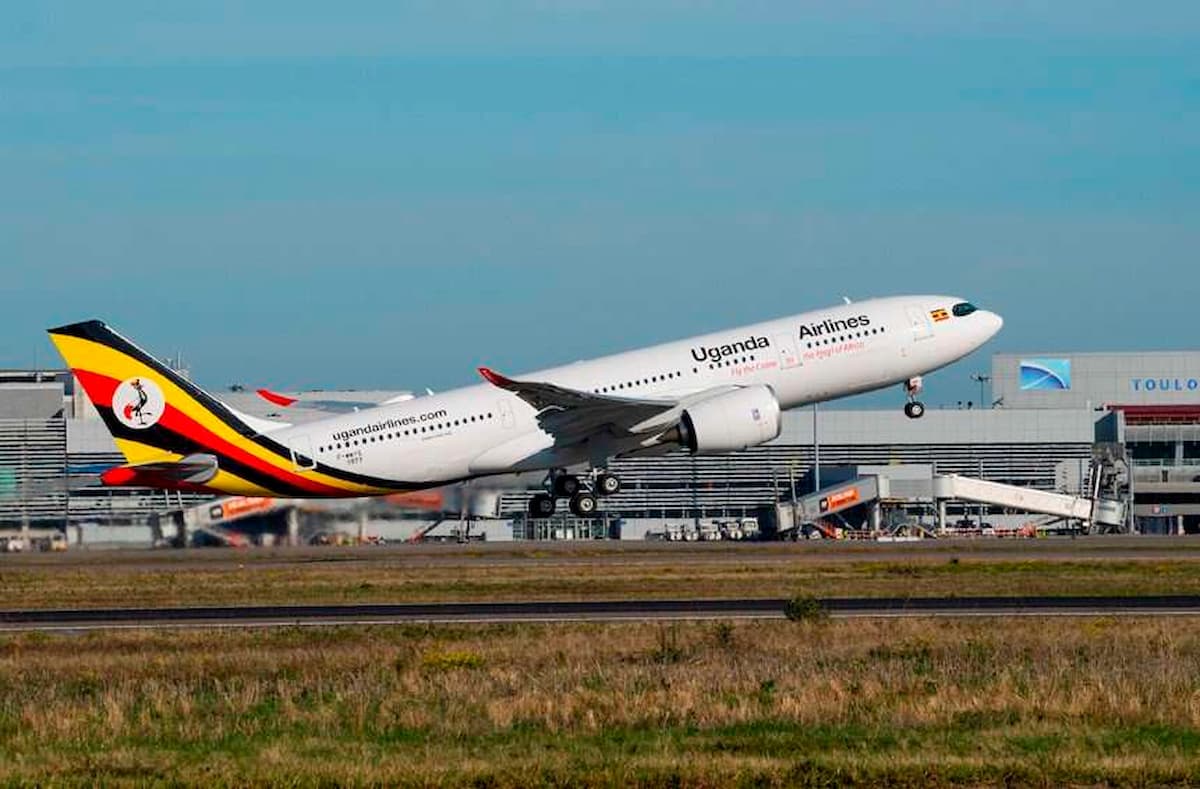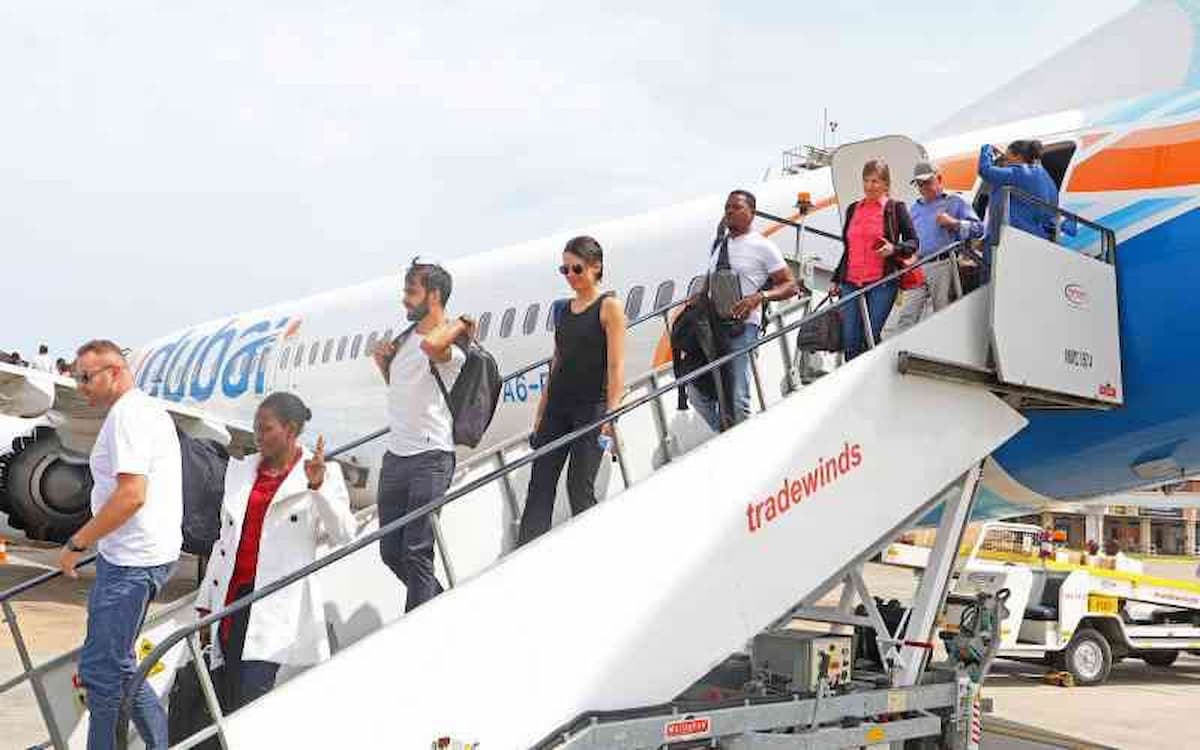Dubai [UAE], May 1(ANI/WAM): Dubai Department of Economy and Tourism (DET) will showcase the emirate’s innovative and diverse destination offering by bringing together 129 key partners and stakeholders to demonstrate the city’s collaborative spirit at the 31st edition of the Arabian Travel Market (ATM), taking place from 6-9 May 2024 at the Dubai World Trade Centre.
With this year’s ATM taking place under the forward-looking theme of ‘Empowering Innovation Transforming Travel Through Entrepreneurship’, DET will highlight how Dubai’s tourism industry has cultivated innovation, entrepreneurship and sustainability to create new pathways for growth beyond traditional tourism.
This strategic approach is inspired by the ambitious goals of the Dubai Economic Agenda D33 to further consolidate Dubai’s position as one of the top three global cities for business and leisure, and the best city to visit, live and work in.
At the event, DET will be joined on the Dubai stand by partners and representatives from government entities, hotels, destination management companies and tour operators. Key partners include the General Directorate of Residency and Foreigners Affairs (GDRFA-Dubai), Dubai Culture, Dubai Holding, Dubai Health Authority, and more.
Issam Kazim, CEO of Dubai Corporation for Tourism and Commerce Marketing (DCTCM), said: “As a longstanding destination partner of the Arabian Travel Market, Dubai is privileged to host the 31st edition of one of global tourism’s most anticipated events.
The industry gathering is a testament to our city’s position as a world-leading travel destination, achieved under the visionary leadership of Sheikh Mohammed bin Rashid Al Maktoum, Vice President and Prime Minister of the UAE and Ruler of Dubai, through innovative strategies and robust public-private partnerships.
In keeping with the transformative theme of this year’s show, Dubai Department of Economy and Tourism and our partners will highlight the pivotal role that entrepreneurship and innovation have played in driving tourism growth, aligned seamlessly with our D33 Agenda, the city’s 10-year roadmap for economic development.
“As we showcase the diverse and compelling destination proposition of Dubai at ATM, we eagerly anticipate the opportunity to engage with top industry experts and executives to share our blueprint for success, as well as explore the emerging themes and trends that will contribute towards industry sustainability.
We remain committed to navigating the future of tourism with foresight and collaboration with our stakeholders and the international travel community, ensuring Dubai remains a beacon of innovation and excellence in the global tourism landscape.”
Dubai welcomed a record 17.15 million international overnight visitors in 2023 a 19.4 per cent YoY growth over the 14.36 million tourist arrivals in 2022 and continues to build on this momentum, with 3.67 million international tourists having already visited the city in January and February this year.
The stellar performance further validates Dubai’s recognition as the No.1 global destination for an unprecedented third successive year in the Tripadvisor Travellers’ Choice Awards, the first city to achieve this.
The milestone is also a testament to the emirate’s vibrant and diverse offerings, supported by world-class infrastructure, exceptional service at all touchpoints, and continuous collaboration between the government and private sectors. Dubai is expanding its range of experiences for visitors, captivating them with its unparalleled blend of modernity and culture including heritage sites and immersive attractions that highlight the city’s history and vibrant culture.
Committed to investing in human capital and developing a skilled workforce to support the growth of the city’s tourism and hospitality sectors, the Dubai College of Tourism, part of DET, will use ATM as an opportunity to drive awareness of its full-time programmes and ‘Dubai Way’, an innovative training and engagement platform for government and private sector staff engaged in tourist-facing roles.
Dubai also recognises the importance of prioritising sustainability initiatives to preserve its natural resources and further improve the overall visitor experience. With the UAE’s Year of Sustainability extending into 2024, DET will release the inaugural ‘Dubai Sustainability Report’ during ATM, and highlight the city’s ongoing initiatives such as the Dubai Sustainable Tourism Stamp, and the citywide Dubai Can movement, which has contributed to the reduction of over 18 million 500ml single-use plastic water bottles in just two years since the launch of its ‘Refill for Life’ campaign.
A new Dubai Can initiative, Dubai Reef, was inaugurated in April with the launch of pilot reef modules for the world’s largest marine reef development project. Dubai’s position as the cruise hub of the region will also be showcased following the recent formalisation of the Cruise Arabia alliance – a strategic regional partnership that promotes the Arabian Gulf as a cruise ship destination globally.
This year, DET will again organise the ATM Hosted Buyers Programme across Expo City Dubai, Real Madrid World, and Dubai Creek Harbour, promoting Dubai’s unparalleled hospitality and offerings to 600 buyers from 46 different markets and countries.
Among the attractions for visitors at the Dubai stand will be ‘Dubai Pinball’, an interactive and engaging gaming experience promoting Dubai’s iconic landmarks, where players can win prizes and contests to get their names on the leaderboard.
DET will also put the spotlight on the city’s diverse gastronomy scene and its year-round calendar of events, including the ongoing Dubai Food Festival held alongside ATM, which will continue until 12 May, as well as the family summer extravaganza, Dubai Summer Surprises, which is set to launch in June. (ANI/WAM)
Source:The Print











